The Disrupters: Being the underdog is integral to the Social Kinnect spirit
Surviving and thriving amid the presence of large agency networks are the smaller, independent agencies, often referred to as ‘boutique agencies’. Quite often created by former employees of larger networks venturing out on their own, and sometimes by people from different professional backgrounds, these independent agencies are being increasingly recognised for their brilliant campaigns and benchmark-setting innovative thinking.
Adgully’s feature offering – The Disrupters – puts the spotlight on such small independent agencies that have been setting a blazing trail in the advertising industry with their work, their new way of operating and ideation, which have been creating disruption in the way the advertising business is done in India.
Social Kinnect has emerged as a cutting-edge, result driven digital marketing agency. Founded by Rohan Mehta and Chandni Shah in 2011 and headquartered in Mumbai, the agency has expanded its business operations to Delhi. Social Kinnect offers end-to-end digital marketing services that include building websites and applications, social media marketing, SEO, online media buying, analytics, and video production. The company has an impressive clientele across domains spanning FMCG, Real Estate, Fashion, and Retail. The company has designed a special program – KinnectEDGE – to create an ecosystem that provides a great balance of exposure, learning and all-round growth and development of the employees.
The Founders
Rohan Mehta, CEO, Social Kinnect/ Media Kinnect
Right after graduating as a production engineer, Rohan Mehta became an IT salesman in Allied Digital Services, a listed firm with global presence. With his street-smart abilities, he moved up the ladder to become the youngest director in that company at 24 years and move to LA. He, however, quit all of that to follow his start-up dreams. The hunger and the inclination to be in the cutting edge digital space is what led Mehta to start Social Kinnect. Bootstrapped out of a small cabin in his father’s leased office, starting with a bare minimum investment and a team of 3 is how it all began. Social Kinnect/ Media Kinnect today is a 250+ team and is looking at a 200 per cent growth in Social Kinnect and a 300 per cent growth in Media Kinnect in FY 2018.
Chandni Shah
Advertising has always been Chandni Shah’s first calling. Hence, having envisaged the great potential in the digital space, Shah co-founded Social Kinnect along with Rohan Mehta. Starting with a team of three in 2011, today there is a team of 250+ #Kinnectors working across offices in Mumbai and Delhi. The other initiatives include Media Kinnect, a specialised media buying arm of Social Kinnect, and Kinnect Productions, the in-house production unit.
How it all began
Rohan Mehta: I was around 25 or 26, and working in the US in the IT industry. It was 2011, and social media was still nascent in India. But I had a sense that it would become a rapidly growing field, and it has!
I also always knew that I wanted to come back to India and explore my entrepreneurial side. Around the same time, I connected with Chandni, who was right at the center of the advertising world at JWT India. We combined our capabilities, took a bet on the future and started Social Kinnect. I came to know what an ad agency was only after starting one!
Chandni Shah: The first time I met Rohan was at a personal level, and that was when he asked me what I did. I mentioned I worked at JWT, and he asked me what that was! I told him it was the second largest ad agency in the world, and he told me he was extremely interested in getting into the digital space.
Rohan has come a really long way from not knowing what an agency is to actually building a robust one. For me, I came from this background, having had experience at both Percept and JWT. Advertising has also been part of me while growing up – I’ve been a child model! It was almost as if I was meant to be in this space from very early on, so Social Kinnect was a natural next step for me. Fate intertwined with my passion when I met Rohan and he shared my dream of working with brands to build their businesses.
Why the name Social Kinnect?
Rohan Mehta: We decided on the word Social Kinnect because this business is all about connecting with your kin. We help brands connect with their audiences, and we connect with other like-minded people in the digital sphere. That’s what ‘Kinnect’ means to us.
Objective & vision
Chandni Shah: In the beginning, the objective was to just survive, to make it to the next day, week and month. We aspired to be a larger agency, handling bigger brands. While our objectives and vision have now evolved, one has remained the same since our inception. As an agency, we want to be someone who the client can come to with their business objective and rest assured that we have the digital solution to match it. So, we have always evolved and built out new capabilities based on the client’s requirements.
Over the next 5 years, we aim to be the dominant force in the Indian digital marketing industry. The vision for this continues to be creating award winning brand campaigns and cutting edge data or tech-enabled solutions, with the singular aim to drive business results for our clients.
Also, a key objective has always been to impact businesses. Creative campaigns are celebrated, but effective communication is what actually drives ROI. This belief is at our core, and we’ve built a company out of it. Rohan has been instrumental in building several vertical capabilities that place the client at the centre and understand what their business requirements are.
Rohan Mehta: The vision is to be one of the largest agencies in the APAC region. Not too many agencies have expanded from India to the APAC, though a lot of agencies have moved from APAC to India. So, our aspiration is to branch out to other international locations and see how we can grow our operations there.
The winning edge in a creative pitch
Chandni Shah: Everyone is working to win. When you get larger, it is important to retain that hunger.
Rohan Mehta: What gives a smaller agency an edge is the same thing that drives us today – it is the constant desire to push the limits. Being the underdog is integral to the Social Kinnect spirit, no matter how much we grow. If we find ourselves in a room where we are the larger agency, we’ll leave that room and choose another room where we feel small. It is that drive and level of competitive spirit that gives a smaller agency the edge.
The pitch advantage
Rohan Mehta: Our decks will probably be the most detailed decks you’ve ever seen. Also, the bigger agencies have a habit of saying, “Here is all the work we’ve done in the past and therefore, we will do something like this for you”. Showcasing your work is fine, but banking on that rather than trying to uncover the unique characteristics and objectives of the brand, will handicap you at the pitch stage itself. The level of detail that you can put into the pitch really helps you out.
Additionally, a lot of digital agencies are either creative focused or media focused. We remain focused on both, and hence offer a more holistic view on a brand’s digital strategy.
Chandni Shah: This is our biggest competitive edge, I would say.
Rohan Mehta: At least one senior employee always goes to the briefing meeting. We don’t leave the briefing meeting open for interpretation. Our Business Development team is made up of people who have either come from Strategy or Client Servicing. They are not just Business Development people. The first conversation that happens with the client is a detailed conversation, where the Business Development person himself understands the nuances of what the client wants. This is because there is a difference between what is said in a document and what a person is actually looking for. It is really important to catch the main points from the briefing and integrate those into the pitch.
Tackling a client’s brief
Chandni Shah: Several different components and steps are involved. Our servicing team understands the brief at the first point, after which it reaches the strategy team that does a lot of research and a comparative overview. Our process is very insight driven and focuses on finding the right insight that matches our client’s KTIs (Key Target Indicators). The creative concept then follows. Also, we keep in mind the client’s budget. We never pitch over-the-top ideas that we know won’t be feasible from an execution or budget standpoint. So, that’s really our thinking process.
This thinking process can be summarised as #KinnectIMPACT. With every brief, we assess how our work will ultimately impact the client’s core business, either directly or indirectly. #KinnectIMPACT is determined by three predefined metrics that would differ from one client and campaign to another.
Spends on digital ideas
Rohan Mehta: It has changed quite a bit since 2011. When we started, clients wouldn’t spend more than 3-5 per cent of their marketing budget on digital, and this was across the board. Today, I see a lot of CEOs and MDs shifting their focus towards digital because they have figured out the offline space, but are still trying to gauge what’s happening on digital and thus, are a lot more interested in it.
The increase in digital spend is happening because clients are seeing better ROI in the digital space. From 400 leads to 60,000 leads at less than half the cost – clients are witnessing the benefits of economies of scale and enjoying a larger share of voice on digital. TVCs are still hugely important, but the opportunity to create TVC-type content in the digital space cannot be ignored.
Spends on digital are also a lot more trackable and allow for a greater degree of personalisation. A single TVC is shown to the entire country, but a digital ad can be promoted regionally, customised in terms of content and targeted to different types of audiences.
Creating disruption
Chandni Shah: It is all about getting your first big campaign out and really going all out and innovating on that campaign. That is when you start to build trust with clients.
One of our first clients, Borosil, has been with us for 5 years (We are 7 years old). We are like an extension of their marketing team. I remember that we cracked our first campaign with them; it really stood out and won awards and recognition. So, it is about getting your first client and getting your first campaign with them right.
With Borosil we said, “We’ll invest the money because we’re confident that this is going to work really well for your brand.” I think that belief system got established then. Five years later, before any campaign they say, “We know you’re going to do the right thing”.
Rohan Mehta: I think disruption can come in all sizes. The resources are much easier to mobilise as a bigger agency. But to truly disrupt, you can’t just rely on the units that you have – you have to build relationships with external partners too. Smaller agencies are, of course, hungrier and that’s what aids them in disruption. Larger agencies have better resources and that’s what aids them in disruption.
Running an independent operation
Chandni Shah: It’s challenging because we have been scaling very fast. We’ve been blessed that business has been pouring in. As you grow from 30 to 250 people, everything needs to scale up – your systems and your processes. We’re constantly learning how to evolve our systems and processes to keep up with our requirements. One of the most amazing experiences of my life has been working with so many people who you’re looking out for but at the same time learning from.
Rohan Mehta: Looking back, it feels fulfilling when we see what we have achieved in 7 short years. We’ve gone through our fair share of challenges; we’ve had a pre-profitable period and a post-profitable period – and the two things that mattered most during both these periods was finance and HR. What the world sees is the external part of your agency, and so it is extremely important for an independent agency to tighten its financial processes, treat its people well, and hone the ability to attract great talent. The pre-profit period is the real challenge; once you cross that chasm, things become much simpler. Then, it’s a problem of plenty!
Managing talent
Rohan Mehta: As a small agency, attrition is something we manage really well. Senior people have joined Social Kinnect and never left. We also have a very good relationship with top colleges in India. Our senior management even teaches at top institutions and personally interacts with the students there. These personal relationships help us attract great young talent.
Chandni Shah: When younger people come on board, we have a very strong induction program. When I personally meet with all the new joiners, I ensure I set goals and values with them – something most people miss out on. Usually, the induction attitude is very transactional – this is your KRA and this is what is expected of you.
We don’t start off there. We start off with the company values and what motivates each employee to wake up every day. We have a conversation about the fact that each piece of work they put out could have an impact on the sales of a client or build the client’s perception of us. When even a first-time employee understands this, the way they look at their responsibilities completely changes.
Another thing that we do is a lot of training. We have a program called #KinnectEDGE, which integrates trainings and learning into the fabric of our company. If people are learning something new every day, they will feel personally as well as professionally fulfilled. Last year, we had 92 training sessions in the company.
Rohan Mehta: Our biggest HR investment is in learning and development. Externally, we function as a digital marketing agency and internally we are a learning and development company. Three years ago, we realised that digital is changing so fast that learning has to happen constantly, especially for our younger employees.
In this industry, people treat young employees in a very transactional manner. We try to view them differently because we want them to satisfy Maslow’s hierarchy of needs. We also want to have an organisational impact at a social level, and build the ability to give back to society.
To that end, we play a lot of sports here! Every Monday and Wednesday we have the football, basketball, and cricket pitches booked out. These games help people bond, and also give them the chance to play and exercise. They say if you have good friends at work, you won’t leave. We hope to play a part in forging those friendships. When you do that, employee stickiness is much more.
Chandni Shah: We also have #KinnectFridays, which has been a tradition from our inception. On one Friday of every month, we have a big party at which our Kinnect Band even sings and plays the guitar! We call the event ‘Kinnect Got Talent’, and people actually do rehearsals before #KinnectFridays. We even add a DJ to the mix! We also conduct several workshops to help people represent themselves better. For example, our HR team often conducts workshops about finance management.
Rohan Mehta: People are always struggling with their taxes at the end of the financial year, so we conduct a three-day workshop on how to invest and save taxes.
Challenges & opportunities
Rohan Mehta: I would say that there is only one main challenge. How much scale can you manage while maintaining quality? Today, businesses are coming on board much faster that we can take them on.
Chandni Shah: Last month, we got on-board 27 people. We are hiring really aggressively, but at the same time we don’t want the quality to drop at any level. So, sometimes we have to tell bigger clients, “Not right now” and clients have been very respectful of that. Business has been coming in, but it is about how much we can induct and train and how quickly we can absorb them into the ecosystem.
Rohan Mehta: The market is growing at 40 per cent, so there is enough business, especially for the larger agencies. But if you start lowering your quality standard, it is a very quick downhill climb from there. If I wanted to manage another 200 people today, then there has to be that much more work to be taken up. We never want to drop quality at any point of time because client relationships are very important to us and we have to be someone they can trust.
Chandni Shah: Our clients have also opened up paths for us. They have recommended us when they have moved on to other companies, and that has been one of our key sales strategies or growth propellers actually.
Big data, programmatic, AI and social media, where is it all headed?
Rohan Mehta: I don’t see too many people using big data effectively today because their first-party systems are not in complete order. There is even some confusion over how to utilise great first-party or CRM data in the first place. Over time, all big ideas are going to be data-driven, but this data is going to be usable rather than big data.
I believe different clients are at different levels of maturity and I see the e-commerce, BFSI, and auto categories utilising data much better than other categories like FMCG that are still lagging in this process.
In time, I think all creative processes will be largely data-driven and much personalised. Data will be used to craft communication that is extremely relevant to small sub-groups of consumers. Right now, the ones who are doing it better are the ones doing it in-house. E-commerce companies that traditionally have tech-focused founders naturally gravitate towards data-driven thinking, but now even Indian conglomerates are getting into the zone of utilising big data.
Tapping programmatic
Rohan Mehta: Programmatic now forms a decent proportion of digital spends. Of course, Google and Facebook eat up most of the ad spends, but programmatic is now following suit. What used to be publisher direct has now moved to programmatic. Publisher direct used to account for 30 per cent of the digital spends. Today, programmatic accounts for 20 per cent of the digital spending that we do. Publisher spends are almost down to about 5 per cent, which means that we are still buying publishers, but through programmatic.
Goals for the next 5 years
Chandni Shah: We want to build a culture that is timeless, so building a great company culture is a major goal for the next 5 years. One that integrates our core values and centers around creating business impact with an emphasis on ROI.
From a skillset standpoint, we want to be at the confluence of a really creative company and a digitally-driven one. We want to understand what the business insights are, manage data as well as suggest path-breaking solutions. Our vertical building has therefore been in this particular direction.
Rohan Mehta: An integral part our 5-year plan is innovating and redefining possibilities, and disseminating this knowledge not only to our clients but also to young talent and the industry as a whole. #KinnectEDGE is at the core of this mission, which focuses on grooming a new generation of Indian marketers that are always ahead of the curve. The next five years will thus see us sustain this robust ecosystem of continuous learning and all round development of our #kinnectors to complement our constantly-evolving our services and capabilities.
Today, we have made our mark on a national scale, the next step is to win appreciation on a global level.
Has it all been worth it?
Chandni Shah: It has been a very exciting journey, with learnings every step of the way. Every week, we have so many problems thrown at us, but we also have some really smart people who are determined to help us figure out solutions to those problems.
Rohan Mehta: For many years, I didn’t think it was worth it. But the quality of our work today and the level at which we compete with other agencies has made it worth it now. I think we’ve got way more than we dreamed about 7 years ago. Also, what makes it worth it is the ability to impact somebody’s life other than our own. A lot of our personal dreams have come true with Social Kinnect. Recently, I was having a chat with someone who has just completed 3 years in this digital space and he said, “If Social Kinnect hadn’t been there, I don’t think a lot of my dreams would have come true”. I live through my people. Chandni lives through our clients and I live for our people, and that’s what makes it all worth it.



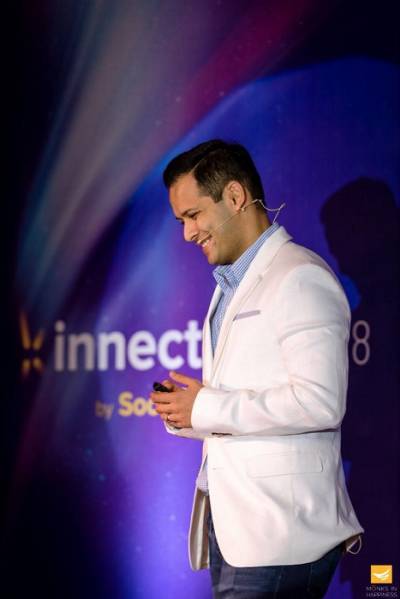
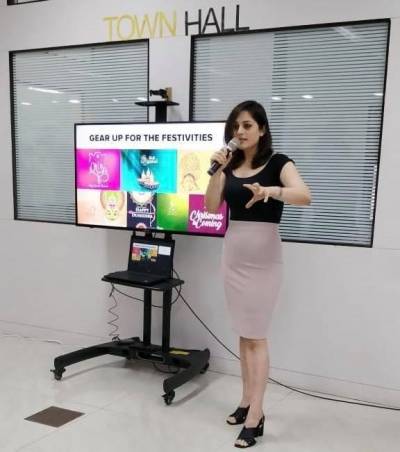

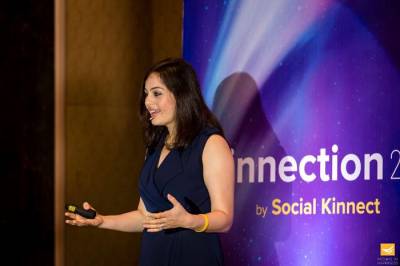
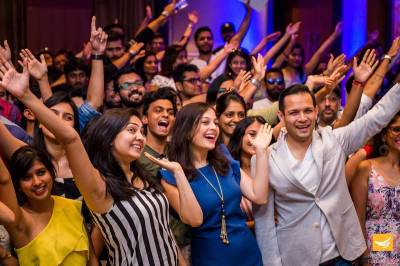
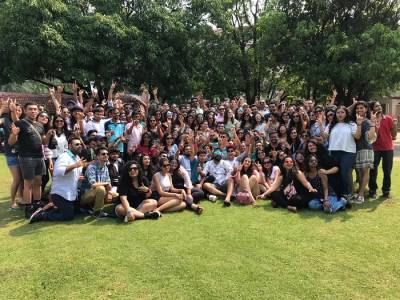
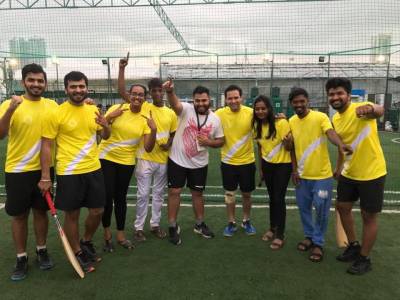
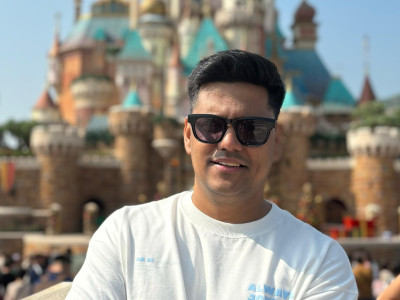
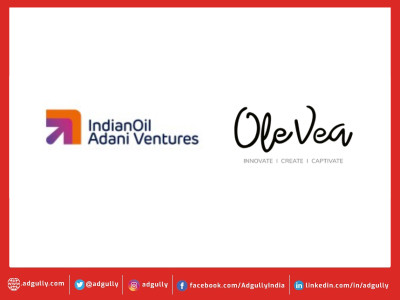
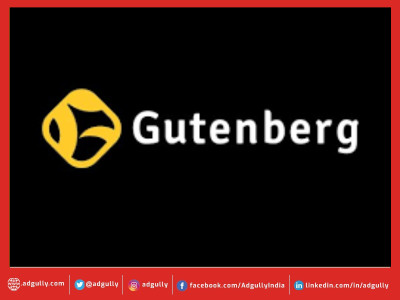

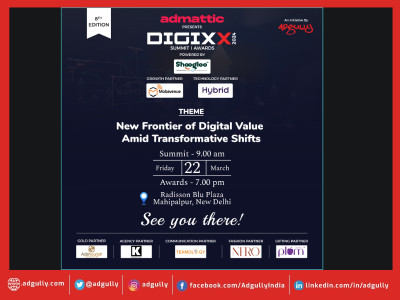
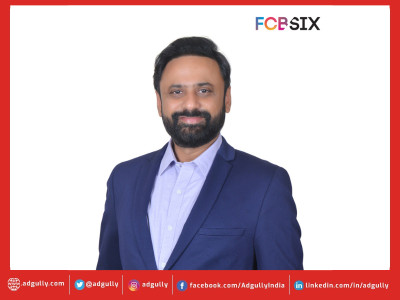
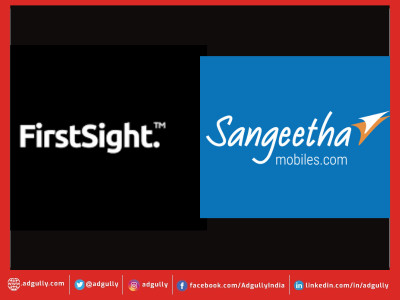

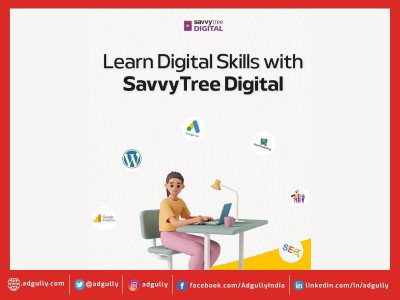
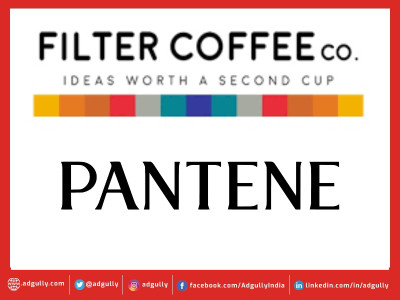
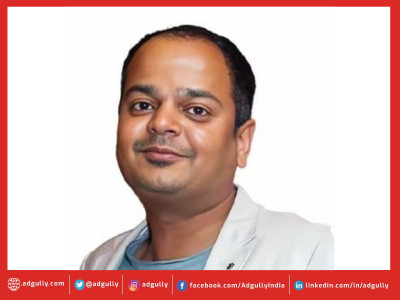
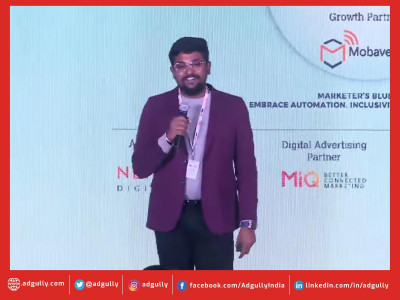

Share
Facebook
YouTube
Tweet
Twitter
LinkedIn